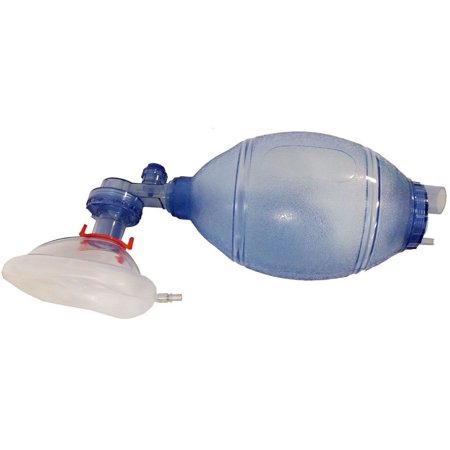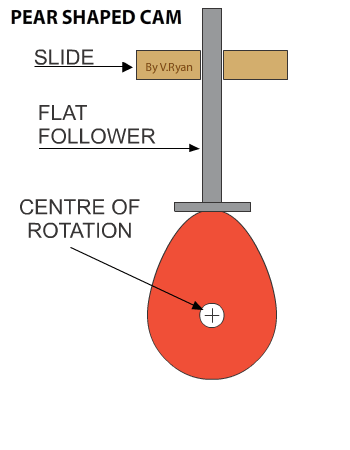This content is released under Peer Production License
Disclaimer: this idea has not yet been implemented nor validated. It is shared here so that other people can contribute and develop it forward. DO NOT USE ON REAL PATIENTS IN NEED OF PROFESSIONAL MEDICAL ATTENTION.
Purpose
Save lives by allowing people to put together a last-resort respiration device at home.
Context
Given the current state of the COVID19 pandemic, hospitals are in need to make a choice on whom to intubate. Some hospitals are are already no longer intubating people over 60 years old. You can imagine how this must feel for the patient and the family.
In these extreme situation, a DIY respiration device to use at home, buildable from spare parts might be able to help where our health systems fail.
Description
Looking for already available open source solutions, we found The Pandemic Ventilator to be a reasonable open source project.
However, the design is a bit dated and it requires a PCL board and relatively expensive valves (± 100 euros each).
We are working on a design that uses manual CPR reanimation bags (BVM bags), which are essential parts of cardiovascular reanimation kits and are potentially much more available, cheaper and faster to produce than actual ventilators. They costs about 30 euros each. Valves for pressure control are already included and these devices could be used to ventilate a patient manually if everything else fails.

The basic idea is that these bag could be automatically squeezed by an electric engine about 18 times per minute.
We are still in the process of working out efficient and safe designs/ components for the engine (please help if you can). An electric engine and a pear shaped cam mechanism would do the job.

We are thinking about repurposing vacuum cleaners for this, so that everyone could do this at home. This would require a reduction gear system to adjust the vacuum cleaner engine to the right speed and strength required to squeeze the bag.
Starting from the RPMs of the vacuum engine, these gears could be automatically designed using the Gear Generator, 3D printed and assembled. Alternatively, one could try linking up a mountain bike wheel to the engine rotation, and adjusting the gears ratio to obtain the required speed.
An extra feature is to add a 10 euros pressure sensor. This would act as an extra safety measure: By linking the pressure sensor to a raspberry pi/arduino, we can make sure the ventilator is activated only when really needed (i.e. not when the patient is breathing on his own), and could also be used as an alarm if something stops working.
Contributing
For people who wish to contribute to this project with other designs, this paper is a good source for theory around all kinds of ventilators.
This project is still in design stage. We will need to assemble and test the ideas described above. If you do try this, please share your insights.
